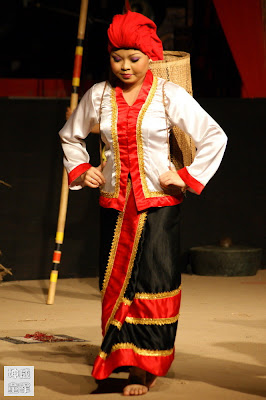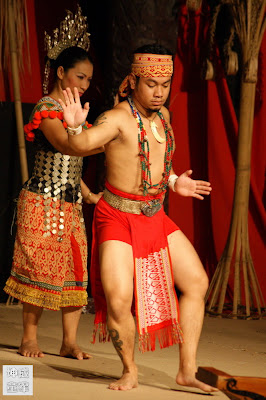Also referred to as the Land Dayaks, the Bidayuhs in Sarawak is mostly found in the Kuching and Samarahan division. They particularly reside in Lundu, Bau, Penrissen, Padawan, and Serian.
The Bidayuhs consists of many groups and sub-groups, with the main groups consisting of the Bukar-Sadung of Serian District, Bau-Jagoi of Bau District and Salako-Lara of Lundu District.
These different groups speak multiple of dialects, which further distinguishes between the different sub-groups that exist. It is believed that the Bidayuhs were the first people to settle in Sarawak.
In the past, the Bidayuhs have been known to work the land, shifting their agricultural and hunting bases every so often, in areas surrounding their permanent villages. Their gentleness and simplicity in the life of the Bidayuhs endears them to everyone they meet!
Known for their hospitality and warm smiles, they are mostly found in the Kuching and Semarahan Divisions.






















































